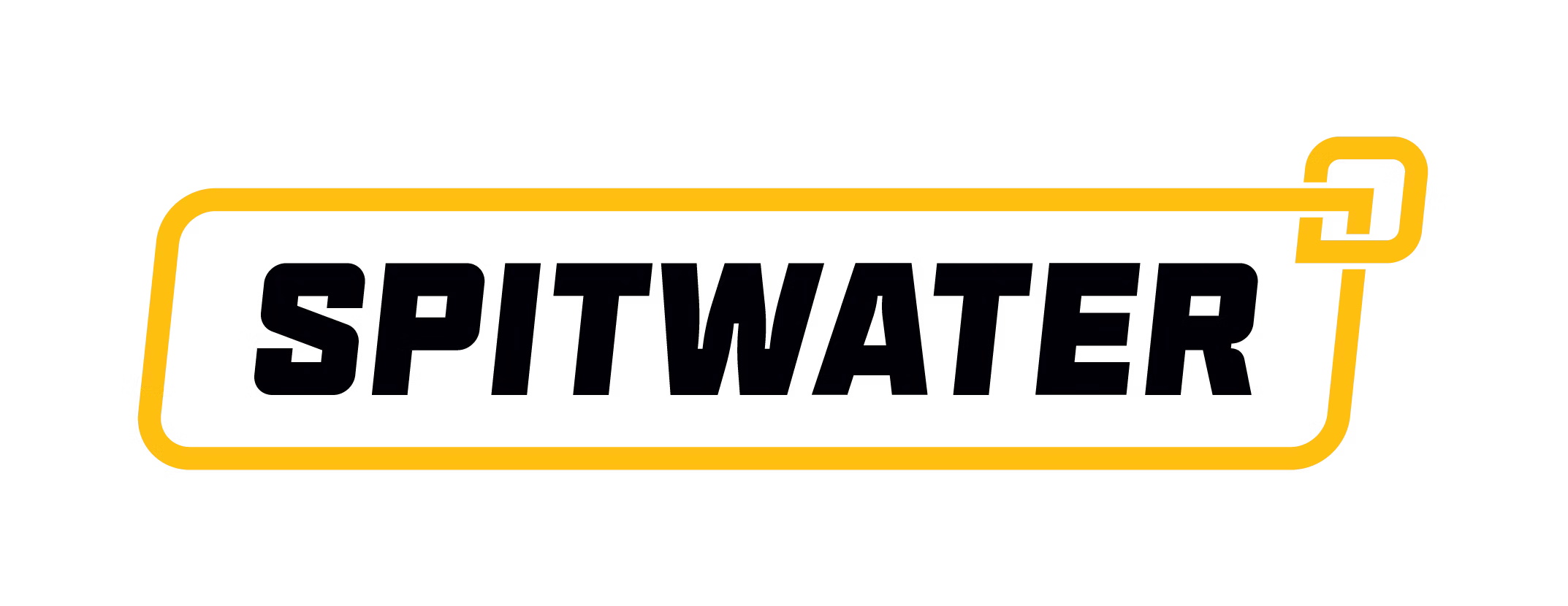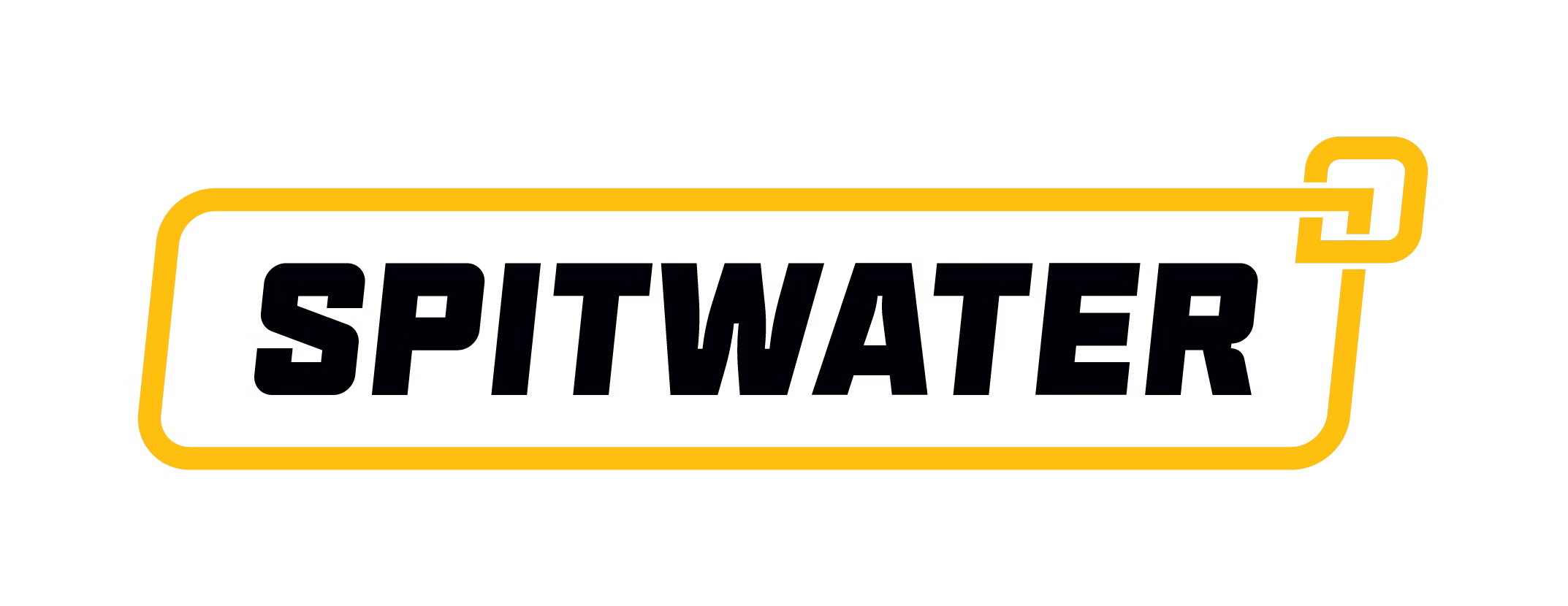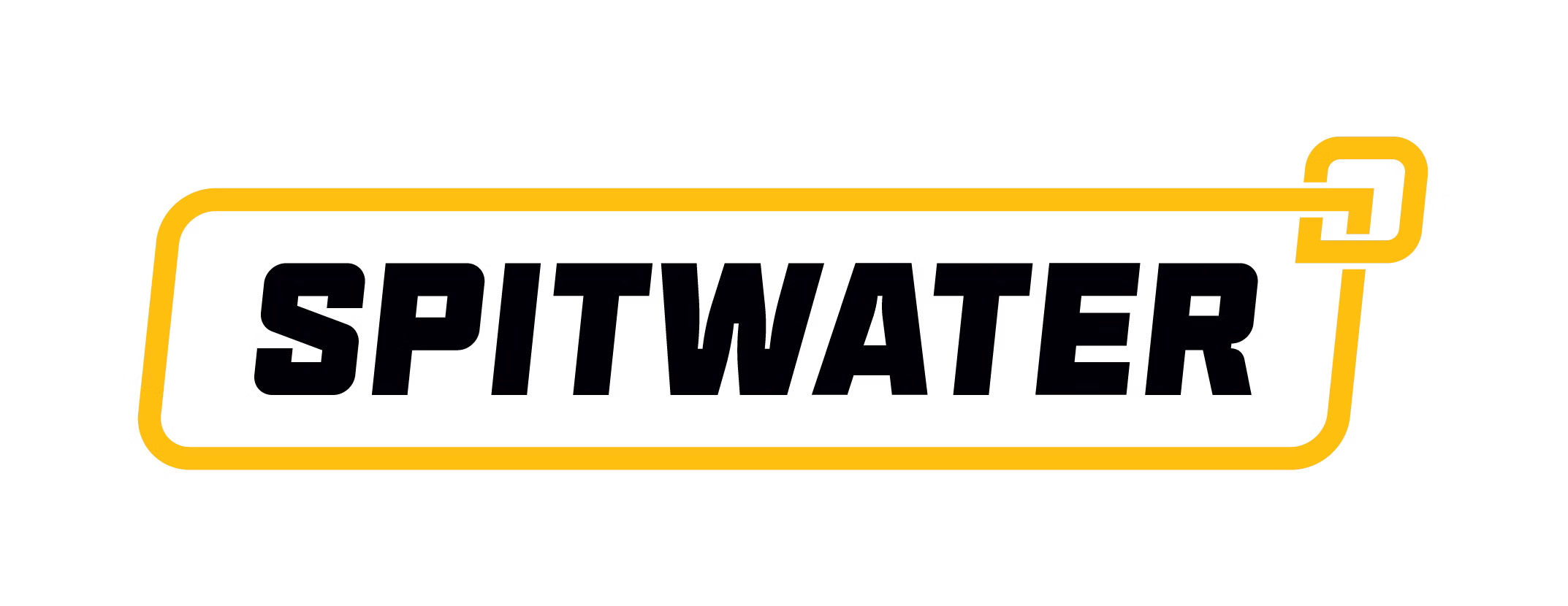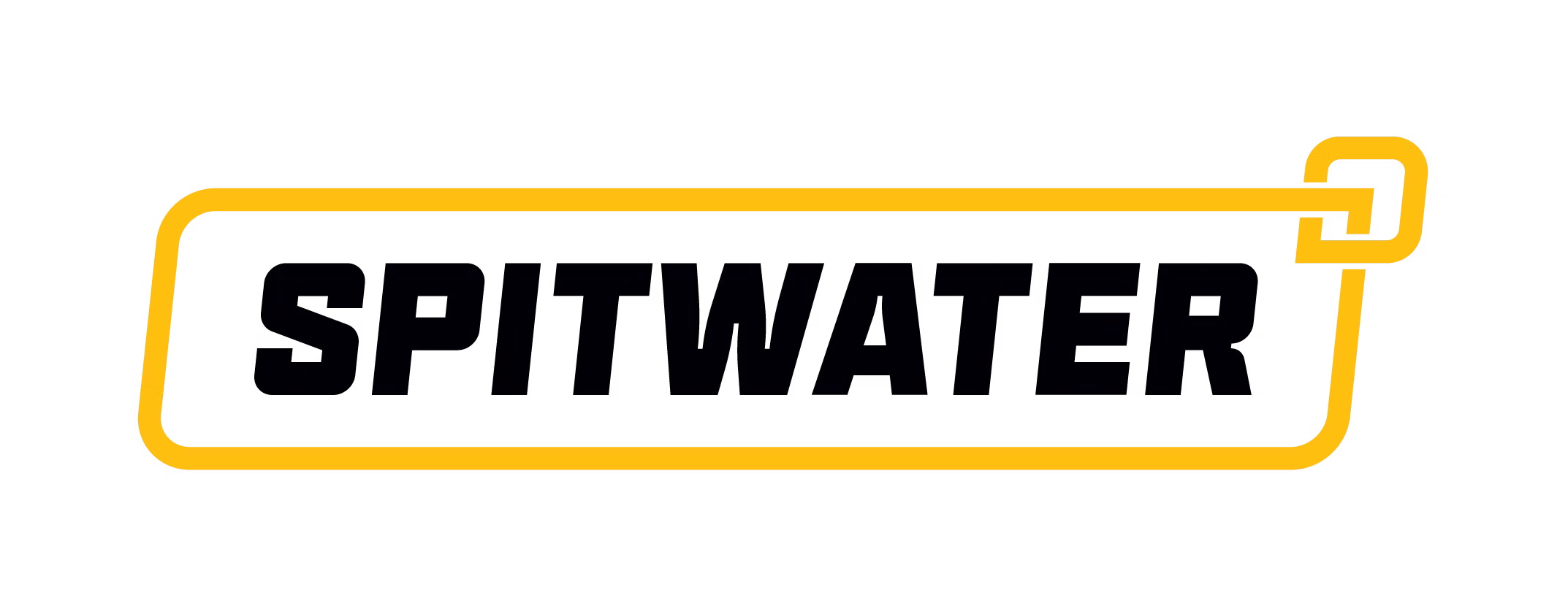Titelseite
-
Ort der Durchführung
-
Durchgeführt am
-
Vorbereitet von
-
Standort
-
Type of risk assessment
-
Task(s)
Risk factors
Mechanical Hazards
-
Hazards due to unprotected parts moving in a controlled manner. (e. g. crushing, shearing, impact, stabbing or puncture, cutting, entanglement, drawing-in or trapping points)
-
Hazards due to parts with dangerous surfaces. (e.g. corners, edges, tips, blades, surfaces with high surface roughness, sharp-edged chips or splinters)
-
Hazards due to transports and use of mobile work equipment. (e. g. driving into or over, bouncing, tipping over, crushing in connection with reversing, driving with restricted visibility, on unpaved ground or with a load that changes the center of gravity)
-
Hazards due to parts moving in an uncontrolled manner. (e. g. overturning, rolling, sliding or falling parts, parts loosening, bursting, and flying off, media spurting out under pressure, ejected media or work goods)
-
Hazards due to falling due to slipping, tripping, twisting an ankle. (e. g. due to unsuitable entrances or operating stations as well as surfaces or work equipment unsuitable for walking)
-
Hazardous due to falling from height. (e. g. onto a lower surface or object by collapsing or breaking through a high standing place or by tilting or sliding on a falling edge)
Electrical Hazards
-
Hazard due to electric shock.
-
Hazards due to arc fault.
-
Hazards due to static electricity.
Hazardous Substances
-
Hazards due to working practices and hygiene standards.
-
Hazards due to inhalation of hazardous substances.
-
Hazards due to skin contact with hazardous substances.
-
Hazards due to Fire and Explosion hazard.
-
Hazards due to Explosives and Pyrotechnics
Thermal Hazards
-
Hazards due to very cold or hot surfaces (e.g. on furnaces, hotplates, boilers, dry ice)
-
Hazards due to Media (e.g. molten metals, boiling water or grease, refrigerants)
-
Hazards due to Emissions (e.g. steam)
Hazars due to physical agents
-
Hazards due to noise.
-
Hazards due to vibrations.
-
Hazards due to optical radiation.
-
Hazards due to electromagnetic fields.
-
Hazards due to radiation.
-
Hazards due to low or high pressure.
Hazards due to Working Environment Conditions
-
Hazards due to Climate. (e. g. very cold and warm/hot areas such as work in cold rooms or in a steel plant, which can lead to an immediate hazard. Climates such as in offices do not pose an immediate hazard)
-
Hazards due to Lighting, light (Insufficient lighting or glare can lead to accidents at work. Minimum illuminance levels are necessary to fulfil visual tasks at the workplace)
-
Hazards due to Reduction of oxygen concentration. (Displacement or consumption of oxygen (e.g. as a result of fire protection measures with an oxygen-reduced atmosphere in an archive) in the breathing air can cause employees to suffocate.)
-
Hazards due to Inadequately secured water bodies or pools. (The lack of safety devices can lead to falling into water bodies or pools with the risk of drowning.)
-
Hazards due to Inadequate design of the workplace. (If the design of e.g. escape and rescue routes is inadequate, it is not possible to ensure that employees can leave the workplace safely in the event of fire.)
-
Hazards due to Man-machine/computer interface. (Poor or non-ergonomic design of machine controls can lead to incorrect operation and result in accidents.)
Physical Workload
-
Hazards due to Manual lifting, holding and carrying of loads. It includes any transporting or supporting of a load by human force. This applies to transferring, holding or transporting operations performed by employees themselves.
-
Hazards due to Pulling and pushing.( e. g. moving loads with industrial trucks, overhead conveyors or suspension cranes using muscle power. Pulling means pulling the load with the hands and arms. Pushing is the pressure of the body via the arms and hands against the load.)
-
Hazard due to Manual work processes. (e. g. is a type of physical strain in which uniform, repetitive sequences of movements and exertion of force on the hands and arms are performed, usually while sitting or standing. Instruments, small tools or hand-guided machines may be used.
-
Hazards due to Exercise of whole-body power. (is characterized by the application of significant force with the entire body using large muscle groups.)
-
Hazards due to Body movement. It involves the movement of the body to a work location or at a work area. The movement can take place with or without a load.
-
Hazards due to Body constraint posture" is characterized by strenuous postures often in the end ranges of the musculoskeletal system's movement possibilities, which are predetermined by the work process and are assumed for a longer period of time/ continuously (statically).
Mental Workload
-
Hazards due to task. (e. g. incomplete, partialized activities;<br>activities with little variety, in which the same work process is constantly repeated and only one-sided demands are placed on the worker; insufficient scope for activity, as a result of which employees are unable to influence their working and break times, the pace of work, the work equipment and processes, and the work objectives and quantity in such a way that work tasks can be performed effectively and in a way that is compatible with health; emotional dissonance; work-related traumatic stress;<br>unclear competencies and responsibilities, role ambiguity;<br>insufficient fit between job requirements and worker qualifications (also with regard to coping with emotional demands); insufficient opportunities for social contact;<br>socially isolated work in which assistance measures cannot be initiated immediately in the event of an accident or the occurrence of a critical situation.
-
Hazards due to work organization. (e. g. the time available is too short for the amount of work to be done or the amount of work to be performed is too high for the available processing time,<br>the time available is too short for the difficulty/complexity of the work tasks to be mastered, or the difficulty/complexity of the work tasks to be mastered is too high for the available processing time, work processes are interrupted and disturbed frequently and/or for long periods of time, the communication and cooperation possibilities for tasks that require coordination are designed in terms of space, time and process organization in such a way that the necessary coordination is constantly severely impeded, expectations of superiors and colleagues regarding the role of the employee are unclear and/or contradictory (role ambiguity), work activities are too tightly scheduled and mainly comprise short, frequently repeated, uniform activities.
-
Sozial relations ( e. g. lack of social support from colleagues and/or superiors, destructive leadership behavior, frequent/severe conflicts and disputes, verbal aggression in the workplace, Violations of the integrity and dignity of individuals through bullying, social exclusion, discrimination or sexual harassment.)
Organisational
-
-
Describe hazard
-
How high is the Risk?











